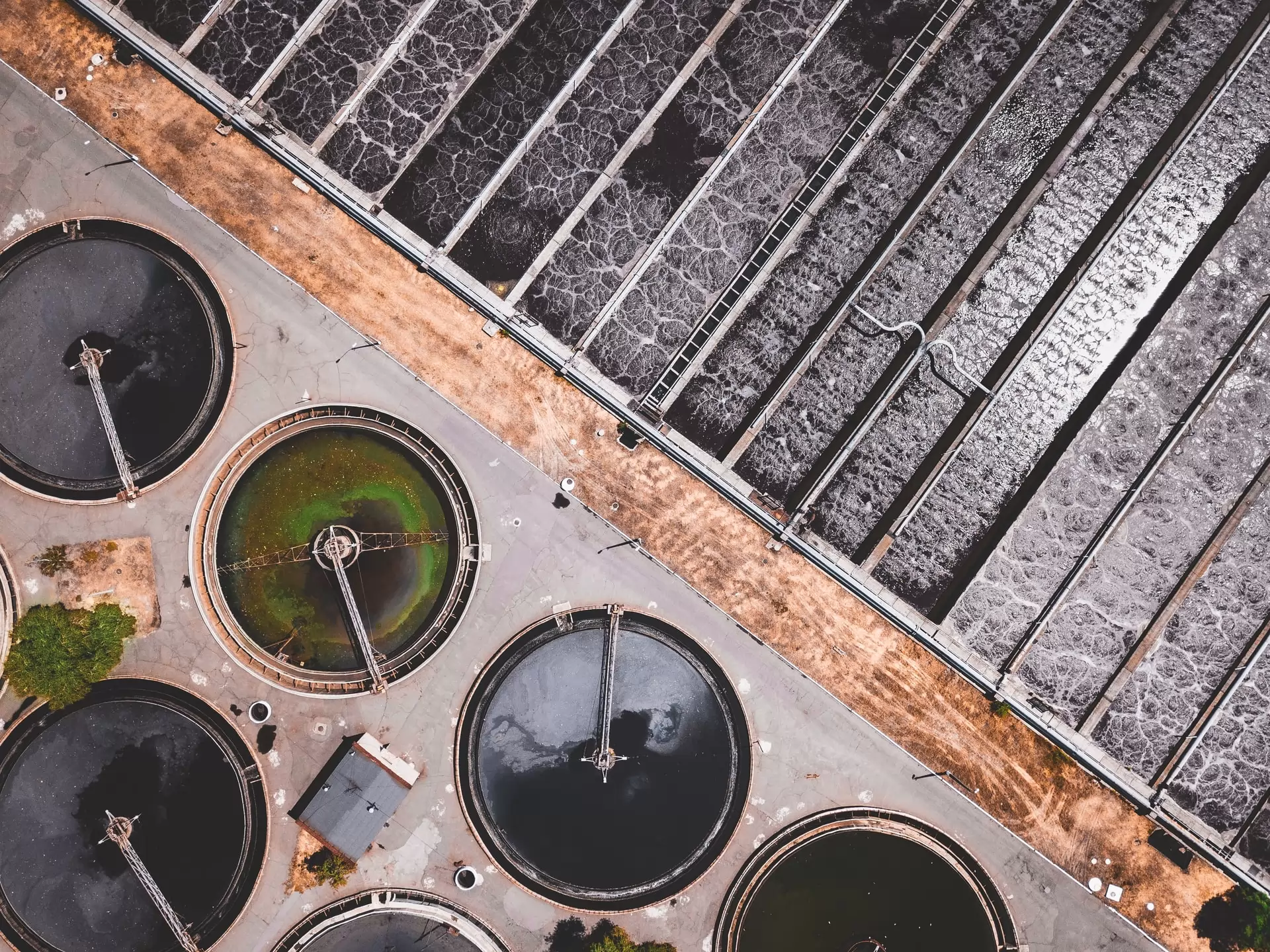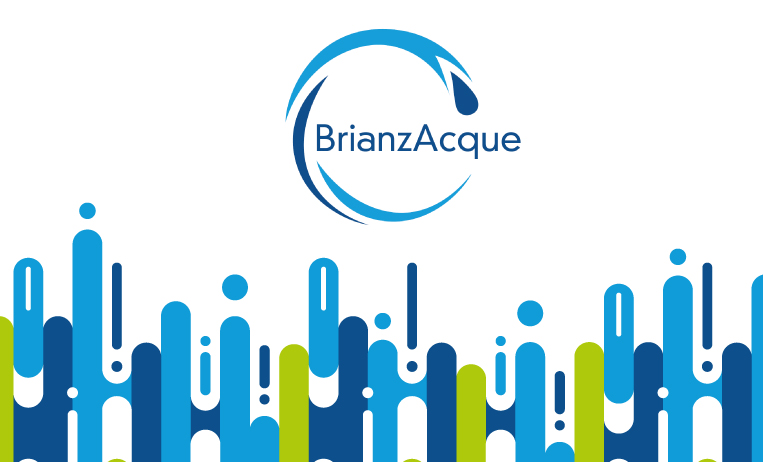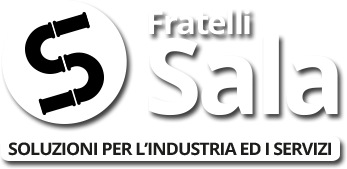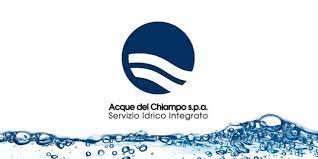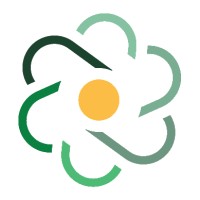Summary
to understand this market
Detailed content
 Inforamtion
Inforamtion
- Number of pages : 30 pages
- Format : Digital and PDF versions
- Last update : 05/10/2022
 Summary and extracts
Summary and extracts
1 Market Overview
1.1 Definition and presentation
The water treatment is a process by which contaminants are removed from water of urban and industrial origin. This activity is done because many human activities produce pollutant discharges and so they must be cleaned up before they can be released back into the environment. The waters that are treated by sewage treatment plants are:
-Urban wastewater: comes from domestic activity and is rich in urea, fat, protein and cellulose.
-Industrial wastewater: often contains toxic substances that are very harmful to the environment.
There are usually two lines in a wastewater treatment plant:
-The "water line" in which liquid substances coming from sewers are treated.
-The "sludge line" where sludge is processed during the sedimentation stages provided in the water line.
As for the global market, this in the year 2021 reached a value of $164.24 billion and is estimated to be worth $211 billion in 2025.
In Italy, as reported by ISTAT data, there were 17,897 water treatment plants in operation in 2018. The northern part of Italy has more plants especially the regions of Piedmont, Emilia-Romagna, Lombardy and Veneto. From a regulatory point of view in Italy, the EU Directive 91/271/EEC concerning urban wastewater treatment has been implemented through Legislative Decree No. 152 of May 11, 1999, in which a comprehensive program on the protection of water from pollution is defined. The goal of this program is to be able to reuse as much water as possible in both the domestic and industrial fields. The main activities that are suggested for reuse are irrigation, street washing, for fire-fighting systems, and for thermal cycle washing at the industrial level.
1.2 Key figures of the world market
The global water treatment market is experiencing strong growth, driven by the growing needs of agriculture, but also by sectors that are relatively small today but will become very strategic in the years to come: seawater desalination and wastewater treatment.
According to Expertz Market Research The water treatment market is worth ...
1.3 Italian market
Italian companies engaged in water treatment are those registered under ATECO code **.**. In ****, the industry's turnover was *.** billion euros. The value of turnover is growing strongly, in particular there was between **** and **** was **.*% increase.
Value of water treatment sector Italy, ****-****, billion euros Source:Istat Ateco **.**
The most diligent states are ...
2 Demand analysis
2.1 UWWTD Goals
In Italy, an estimated ** million p.e. of wastewater is used between industry, agriculture and inhabitants every day, which is equivalent to about **.* million cubic meters of water.
p.e is the English equivalent of the measure of"Population Equivalents ."the inhabitant equivalent is conventionally defined as the amount of biodegradable ...
2.2 Drinking water consumption
Drinking water use varies greatly by region. Lombardy is the Italian region that uses the most drinking water, with **** thousand cubic meters of water (***), followed by Lazio, ****, and Campania.
Source: ****
Water consumption in Italy is decreasing, according to the FAO, in **** it was ***.* cubic meters (***) per head for all uses, now ...
2.3 Water and sectors
In Italy, the sector that uses the most potable water is agriculture,** percent, followed by industry, ** percent, and civilian, ** percent[***].
Drinking water use by sector Italy, ****, percent Source: ****
AGRICULTURE
The first sector for water consumption is agriculture. In Italy, water consumption for fields, forestry and fishing amounts to **.* million cubic meters. ...
3 Market structure
3.1 Value chain
PRODUCTION
According to Istat sources, **** million cubic meters of drinking water was withdrawn in ****, a number that is down from previous years given new policies against water waste.
Water withdrawn from sources in Italy Italy, ****-****, millions of cubic meters Source: ****
In particular, the Northwest regions withdrew the most water, **** million ...
3.2 The various types of wastewater treatment plants
Source: ****
3.3 Distribution
Though Istat does triennial censuses, the official data go back to ****. There are ***** facilities in operation.
The North has the largest number of plants: in order in Piedmont, Emilia-Romagna, Lombardy, and Veneto. **.*% are Imhoff tanks, **.*% secondary or advanced plants, *% primary plants. Lombardy and Veneto have many advanced plants. Although - proportionally ...
3.4 Firms and people working in the industry
The number of enterprises registered with Ateco code **.**.*, wastewater collection and treatment, in **** was **** enterprises and ***** employees in the sector.
The number of enterprises is slowly growing and with them the number of people employed in the system.
Number of enterprises and employees in the wastewater collection and treatment sector Italy, ...
4 Supply analysis
4.1 Types of water treatment
Several types of processes are used to treat water. These processes can be grouped into four categories: physical processes, chemical processes, physicochemical processes, and biological processes.
Physical processes :
Screening: water passes through mesh screens to remove any debris that may be present Simple sedimentation: heavy particles settle to the bottom of ...
4.2 Prices
Prices vary widely, some water treatment companies use formulas, such as the one below to determine the final price of treatment.
T = F* + (***) * V
Where:
T = Total amount due in Euros F* = Fixed fee due for each connection f* = Cost of collection, collection service dv = Cost coefficient of preliminary and primary ...
4.3 Trends
An important innovation is taking place regarding the reuse of wastewater for the creation of energy; in particular, plants are being set up to obtain biomethane from wastewater.
The innovation comes from Hera Group and the Vicenza-based Pietro Fiorentini Group. It is called SynBioS (***) and is capable of converting renewable electricity ...
5 Regulations
5.1 Regulations
In Italy, the reference legislation is Legislative Decree *** issued on May **, ****, which transposes EU Directive **/***/EEC concerning urban wastewater treatment.
In addition to regulating discharges by setting concentration limit values for the various substances contained in them, Legislative Decree ***/**, devotes itself to the quality of the water body intended to transpose ...
6 Positioning of actors
6.1 Segmentation
- BrianzAcque
- Gruppo Depuracque
- Idraulica fratelli Sala
- Marazzato
- Acque del Chiampo S.p.A.
- Ecologica S.p.A.
All our studies are available online in PDF format
Take a look at an example of our research on another market!
Companies quoted in this study
This study contains a complete overview of the companies in the market, with the latest figures and news for each company. :
 Choosing this study means :
Choosing this study means :
Access to more than 35 hours of work
Our studies are the result of over 35 hours of research and analysis. Using our studies allows you to devote more time and added value to your projects.
Benefit from 6 years' experience and over 1,500 industry reports already produced
Our expertise enables us to produce comprehensive studies in all sectors, including niche and emerging markets.
Our know-how and methodology enable us to produce reports that offer unique value for money.
Access to several thousand articles and paid-for data
Businesscoot has access to all the paid economic press as well as exclusive databases to carry out its market research (over 30,000 articles and private sources).
To enhance our research, our analysts also use web indicators (semrush, trends, etc.) to identify market trends and company strategies. (Consult our paying sources)
Guaranteed support after your purchase
A team dedicated to after-sales service, to guarantee you a high level of satisfaction. +44 238 097 0676
A digital format designed for our users
Not only do you have access to a PDF, but also to a digital version designed for our customers. This version gives you access to sources, data in Excel format and graphics. The content of the study can therefore be easily retrieved and adapted for your specific needs.
 Our offers :
Our offers :
the water treatment market | Italy
- What are the figures on the size and growth of the market?
- What is driving the growth of the market and its evolution?
- What is the positioning of companies in the value chain?
- Data from several dozen databases
5 reports pack (-15%) IT Italy
- 5 reports at €75.6 excluding VAT per study to choose from our Italian catalogue for 12 months
- Save 15% on additional studies purchased
- Choose to be refunded any unused credit at the end of the 12-month period (duration of the pack)
See the terms and conditions of the pack and the refund of unused credit.
